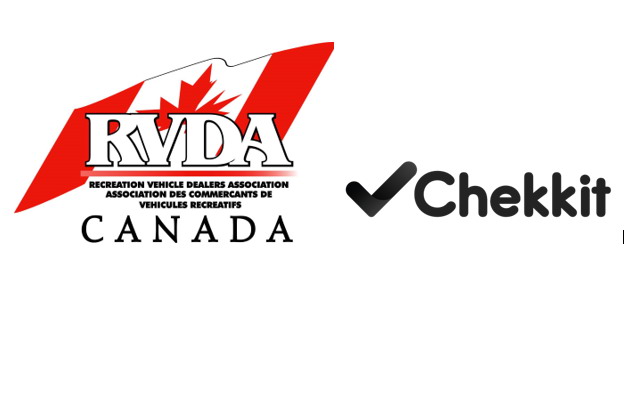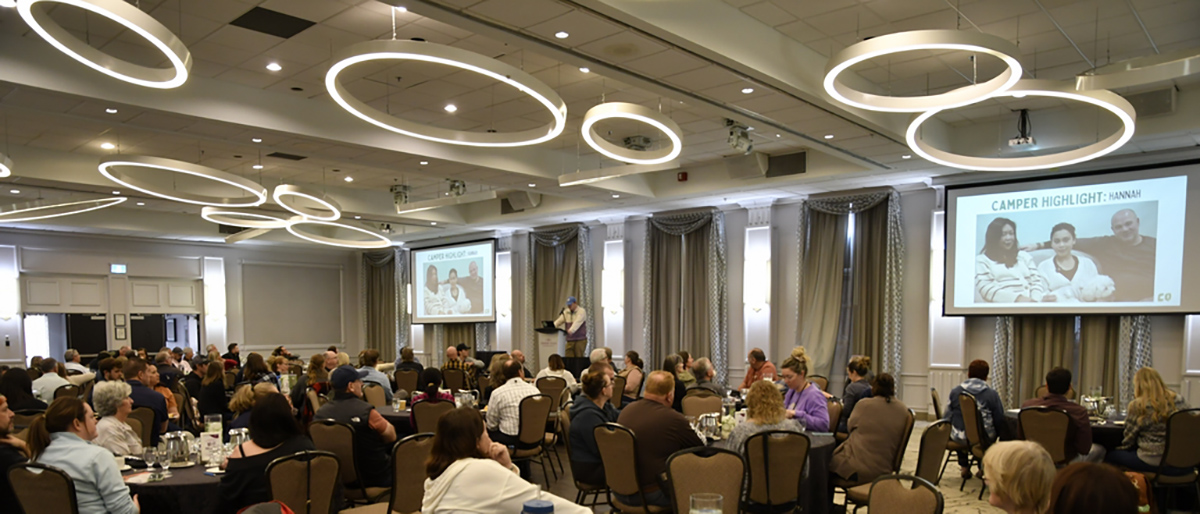Too many managers have a giant credibility gap with the people they are charged with managing. Credibility is based on perceptions of trustworthiness, reliability and integrity. Yet, studies indicate that many employees just don’t believe or trust their organizational leaders.
“Just 53 percent of employees believe the information they receive from senior management,” according to Bruce Katcher, President of Discovery Surveys, a Massachusetts-based firm specializing in conducting employee opinion and customer satisfaction surveys and focus groups. He bases the figure on a review of the company’s database of 30,000 respondents from 44 international companies.
Another survey of a cross-section of 1,000 working Americans in companies with at least 1,000 employees found that “only half of employees believe what their companies tell them, and almost 20 percent do not believe that their employers usually tell them the truth.”
The survey, which was done by Harris Interactive and commissioned by Towers Perrin, also indicated that employees generally believe their companies are more honest with shareholders and customers than they are with employees.
One deadly consequence of this management credibility gap is that employees emotionally distance and disengage them-selves from their bosses and their organizations. And this we/they schism can have profoundly negative consequences.
It can deplete morale and undermine efforts to build strong brands, when uncaring staff take little pride in their work and may even show customers disdain for their employers.
It can also take a disastrous toll on organizational improvement efforts when the people who will make or break such efforts have mentally quit their jobs but keep trudging in to work every day.
It’s nearly impossible to improve an individual’s, team’s or organization’s performance in productivity, cost-effectiveness, customer service and innovation if employees don’t trust their managers.
If the snicker factor in hallways and cafeterias runs high, management’s grand strategies and exhortations will be a source of “cynical merriment” and half-hearted action, at best.
How do managers with a we/they attitude widen the credibility gap with the people they manage?
LOOKING OUTSIDE, INSTEAD OF WITHIN
Too often, managers fail to develop internal expertise, draw out the ideas of the people closest to the action, or systematically collect customer input from employees directly serving the customers. To make matters worse, managers then reveal their thinly disguised contempt for the lack of homegrown know-how by continually turning to outsiders for expertise and advice. Managers don’t see employees as credible or worth investing in. Employees reciprocate.
NOT SERVING THE SERVERS
Few employees directly serving customers can provide excellent service when they themselves can get only mediocre support from above. Ineffective processes, misaligned systems, internal conflict, bad communication, uncaring boss-es, inadequate training, faulty feedback loops – the list of factors that contributes to the credibility gap runs far too depressingly long in far too many organizations. Poorly served servers rarely produce well-served customers.
To make matters worse, as employee dissatisfaction rises and customer satisfaction falls, managers will try to fix employees through training, motivation programs, new technologies, management fads of the week, or coaching (read discipline). None of these really attack the credibility problem. Morale slides further as the we/they gap widens.
‘BLAME STORMING’
When things go wrong, weak managers too often try to fix the blame rather than the problem. They point fingers and lay guilt rather than take responsibility, seek out root causes of problems and fix them. Research has shown that the vast majority of defects, errors, service breakdowns and such originate in an organization’s systems, processes or structure. Yet, many managers look to blame their people rather than their processes. They will, for example, implement performance appraisal systems to hold individual employees accountable for what are actually systemic shortfalls controlled by management. Such actions do nothing to foster trust.
CONFUSING INFORMATION AND COMMUNICATION
Information dumps are often e-mail or presentation monologues filled with factual reporting and impersonal language that talk at people. But trust and credibility are built more on emotions and feelings. They are issues of the heart, not the head. Bridge-building communication involves verbal, two-way dialogue that exchanges points of view, pays attention to what people have to say and connects their shared values and goals. Too many organizations are drowning in information while thirsting for communication.
OPEN DOORS AND CLOSED MINDS
Weak leaders don’t like to be challenged or confront tough situations. They will proudly declare an open-door policy while actually dissuading any employees from walking through it. So people tip-toe around sensitive issues or keep their real opinions confined to huddled hallway discussions. The we/they gap widens as people stop having real conversations and start saying what’s politically correct or what the boss wants to hear. Problems fester until they explode with devastating consequences.
AVOIDING FEEDBACK ABOUT THEMSELVES
Managers with low credibility often don’t realize that their declarations, promises and threats aren’t believed and just pour more gasoline onto the fires of organizational cynicism. These managers don’t seek honest and open feedback on their own behavior. They delude them-selves into believing that acquiescence is agreement. Then they bitterly com-plain about their employees’ resistance to change and apathy for innovation and improvement. The we/they gap is every-one else’s fault. There are no quick and easy ways to close credibility gaps.
But here are some things that the strongest and most credible leaders do:
LISTEN UP
Closing the credibility gap can be helped by developing regular, “at least annual, better more often” processes to gauge real employee perceptions about their managers’ level of leadership as well as other issues, including morale, obstacles to higher performance, pet peeves or key irritants. And then managers must pay attention to the findings and demonstrate real commitment to act on them. When actions speak louder than words, employees will have more reason to trust those above them.
REACH ACROSS THE GREAT DIVIDE
It’s hard to build credibility from a cloistered office. So spend very little time there. Don’t summon people to your quarter – seek them out in theirs. Hold meetings in common rooms – the more visible, the better – and spend lots of time with employees on the front line as well as customers, suppliers and partners. Familiarity and informality brings people closer.
GET THEIR INPUT
Run a continuing series of breakfasts, lunches, town-hall meetings, shop-floor conferences and the like. Take this time to ask for feedback, concerns, and suggestions. Keep things informal. Openly share information and treat everyone as key partners. A simple question such as, “What’s the dumbest thing we do around here?” can produce powerful insights. Then make use of what you hear. And make sure your employees know you are doing that.
RUN TWO-WAY MEETINGS
Many meetings widen credibility gaps between managers and employees because they are heavy on informing and light on communicating. Employees often see meetings as top-down, self-serving forums pushing management’s goals, needs, and agenda.
Effective meetings engage all participants in open conversations identifying problems on both sides – management and employees – and then bring every-one together to solve them. This is where strong managers find out what’s hindering the people on the frontlines of customer service and figure out how to better serve those servers.
STOP TRYING TO ‘MOTIVATE’
Manipulating or “motivating” employees emphasizes and widens the gap with management. To motivate is to treat employees as children, rather than as partners working together to meet mutually rewarding goals, a better workplace, happy customers and delighted share-holders.
BE APPROACHABLE
Be very careful how you handle bad news or dissenting opinions. A wince, a sharp question or irritated body language can send powerful signals that you only want people to tell you good news or what they think you want to hear. If you often find that you’re not told about problems until they have mushroomed into giant issues, that likely means approaching you is seen as high risk. Or it indicates that your credibility for taking proactive action is so low, no one bothers. In either case, you need to get unvarnished feedback through anonymous surveys, focus groups or interviews run by trusted third parties, or an insider who will tell you what people in your team are really saying.
BE RADICAL
Don’t just get out of your office, eliminate it especially if it’s bigger and more private than those of the people in the organization you lead. Doing so would be an example of one courageous and dramatic step toward narrowing we/they gaps.
Management offices are too often powerful symbols of separation and hierarchy (not to mention useless overhead costs). It’s so easy today to carry your office with you in your notebook computer, cell phone, BlackBerry, etc. Use whatever shared workspaces, cubicles, and meeting rooms are available. Hold most of your one-on-one discussions in the other person’s workspace.
 For over three decades, Jim Clemmer’s keynote presentations, workshops, management team retreats, seven bestselling books, articles, and blog have helped hundreds of thousands of people worldwide. The Clemmer Group is the Canadian strategic partner of Zenger Folkman, an award-winning firm best known for its unique evidence-driven, strengths-based system for developing extraordinary leaders and demonstrating the performance impact they have on organizations.
For over three decades, Jim Clemmer’s keynote presentations, workshops, management team retreats, seven bestselling books, articles, and blog have helped hundreds of thousands of people worldwide. The Clemmer Group is the Canadian strategic partner of Zenger Folkman, an award-winning firm best known for its unique evidence-driven, strengths-based system for developing extraordinary leaders and demonstrating the performance impact they have on organizations.


































